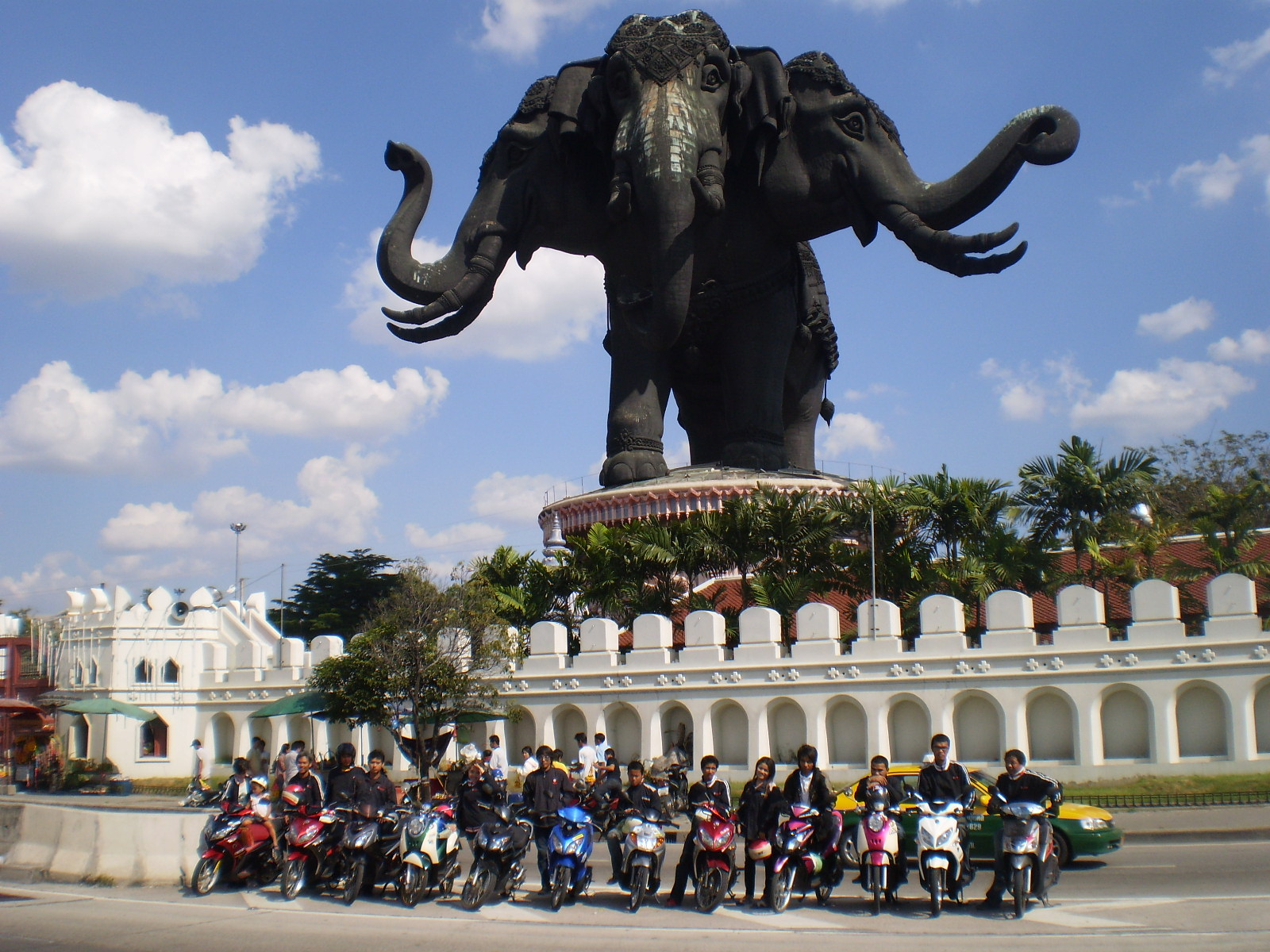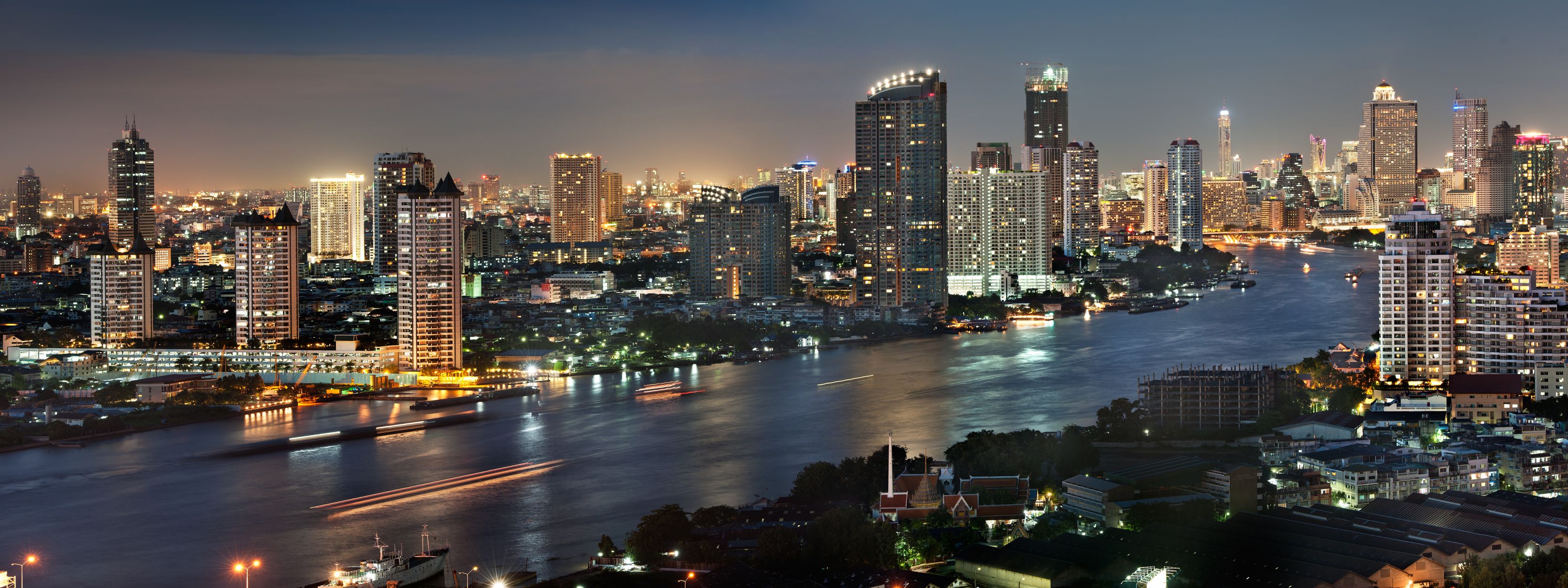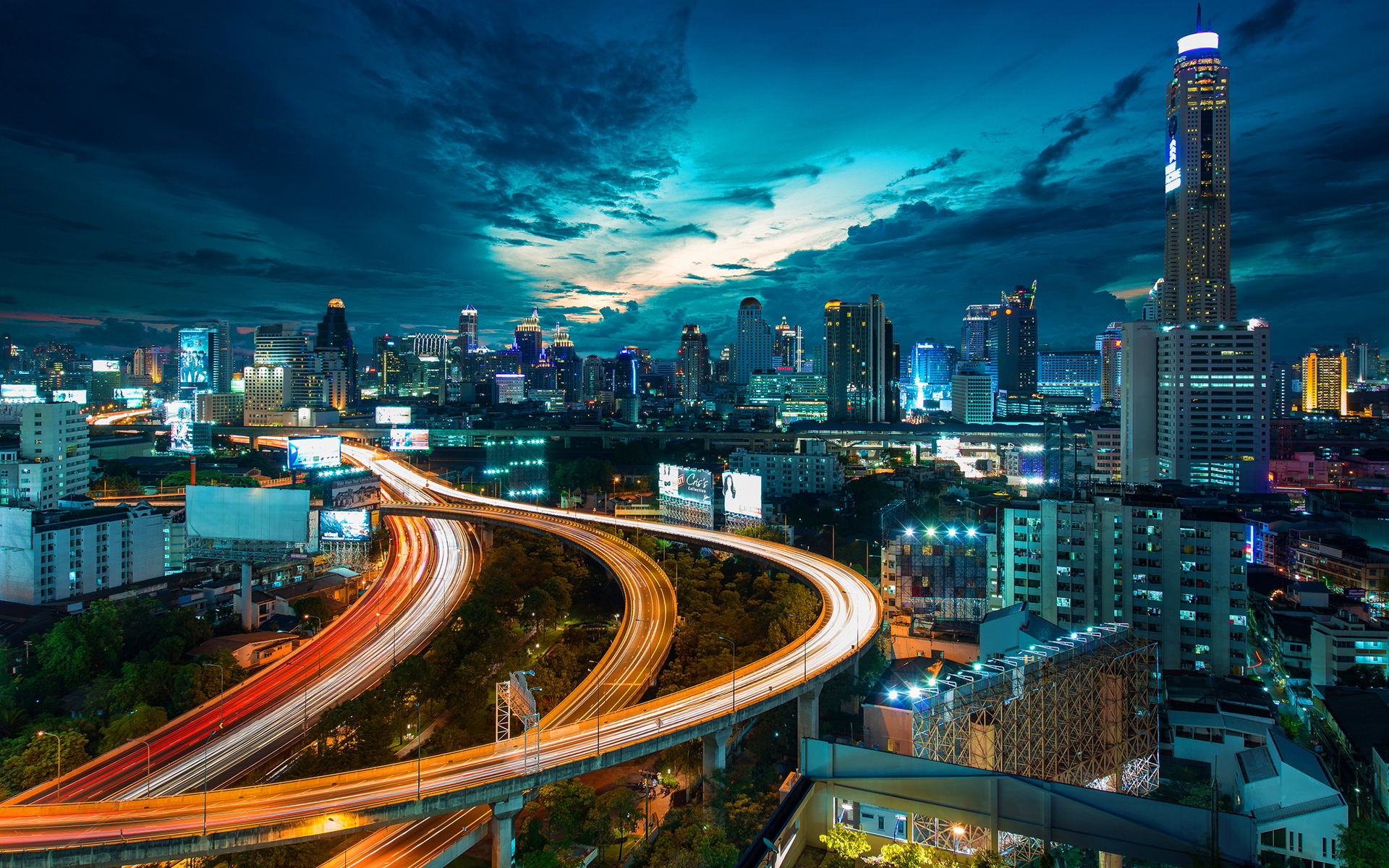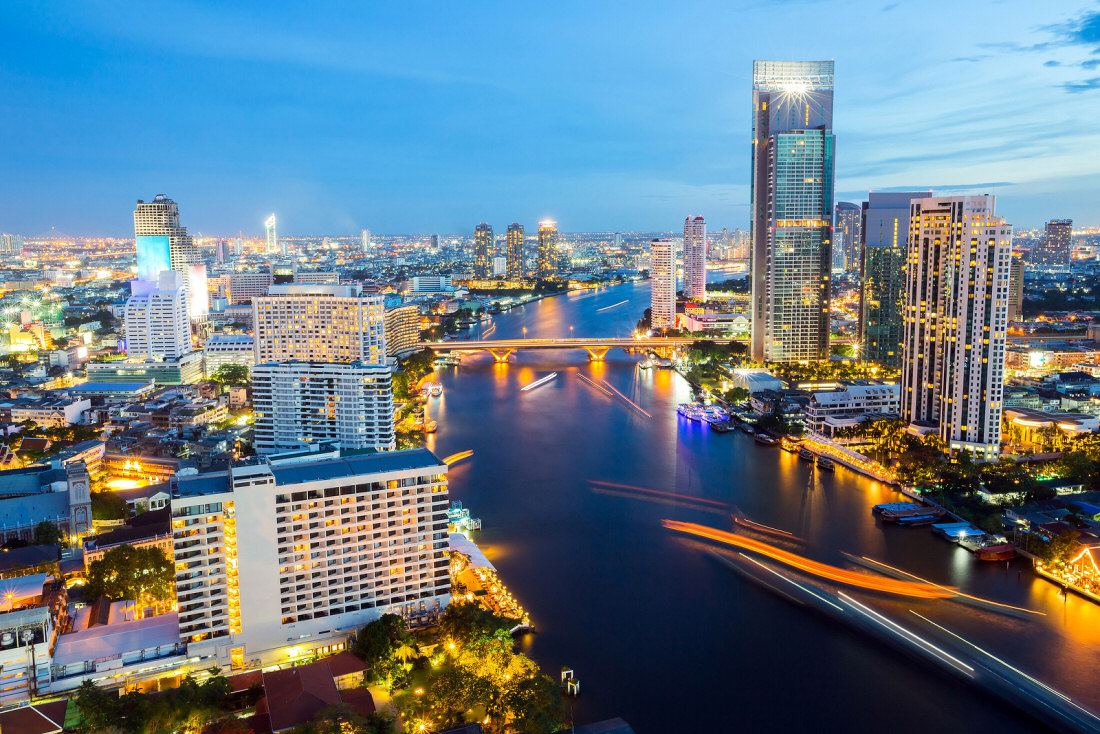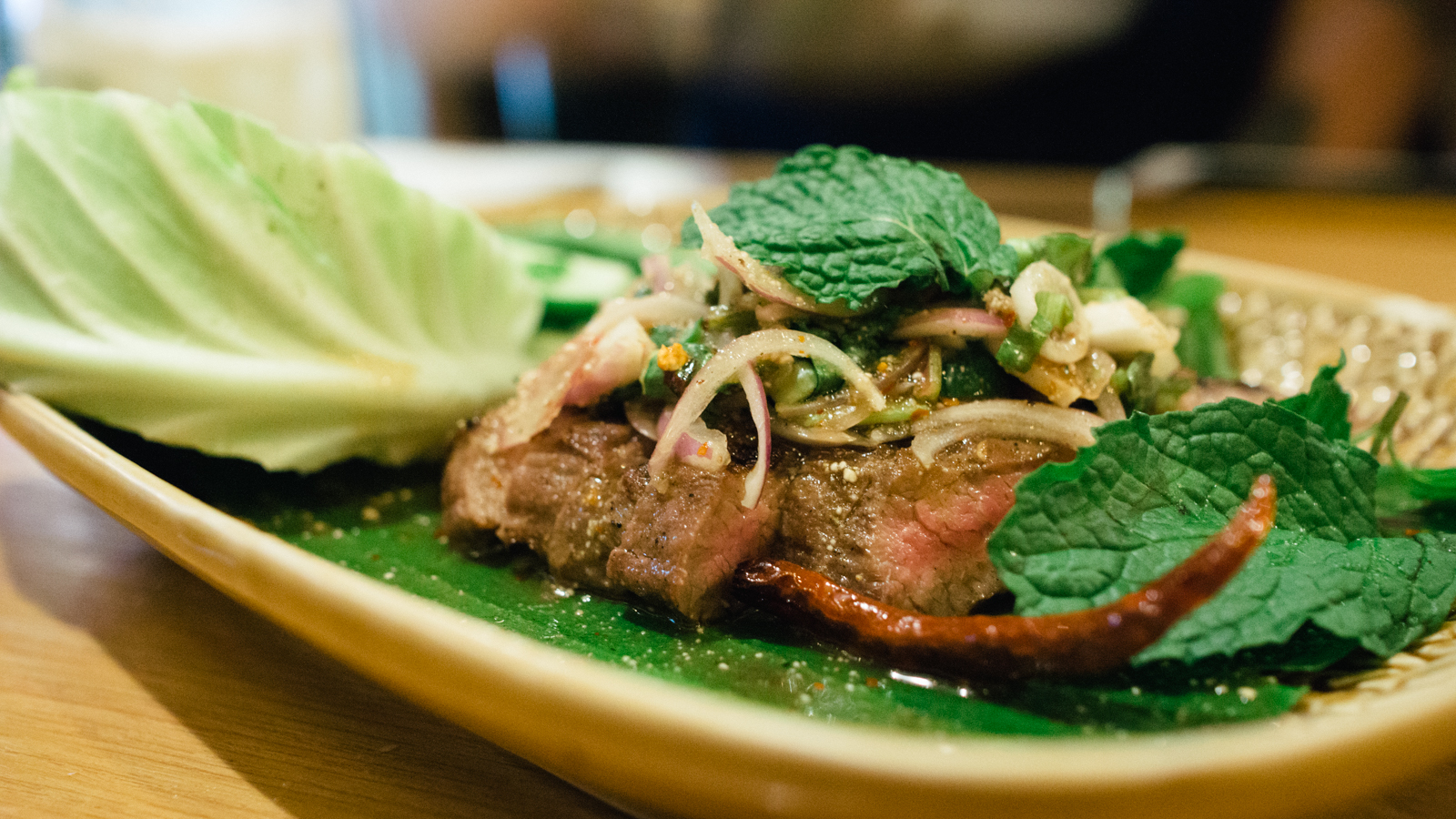On the left side of the main highway towards Samut Prakarn is an awe-striking image of a three-headed elephant almost the size of a football field. The new structure, said to be as tall as a 14-story building, is creating a stir among people in the province and in nearby Bangkok. But the stir has nothing to do with the distinct honor of having the world’s biggest elephant relief sculpture. Or with the fact that it is home to a vast collection of priceless arts and antiques built over the years by one of the country’s most avid antique collectors, Mr. Lek Viriyaphant, otherwise known as founder of Ancient City, another awe-inspiring cultural shrine located further down the road.
So what’s so special about this place, officially called the Erawan Elephant Museum, that thousands of worshippers flock to on certain days to offer flowers, garlands, fresh fruit and incense?
The answer is simple. During the early stages of the shrine’s construction, a young girl visited the site on Sukhumvit Road, Samut Prakarn, to make a wish to win the lottery. The next day she got her wish and the story made it to the local papers. From then on, the shrine has always been packed with people hoping for that extra bit of luck on the two days before the twice-monthly lottery draw. On other days, however, the area is more or less deserted.
The museum is a welcome addition to the tourism profile of Samut Prakarn, a thirty-minute ride away from Bangkok. Apart from the Erawan Museum and the Ancient City the province is also known for its crocodile farm and safari attractions.
The construction of the imposing shrine began in 1994. The idea cropped up while Mr. Lek was hosting a visit of a Westerner friend. The friend, awed by Mr. Lek’s extensive collection of artifacts that included chinaware, vases, Benjarong ceramics, musical instruments, statues, etc., suggested that he build a museum where people can view them openly. The museum, he proposed, could be in the form of an apple which, according to western belief, played a crucial part in the shaping of human destiny.
Mr. Lek welcomed the idea but went on building something more reflective of eastern traditions. He thus decided on the heavenly elephant Airavat of Hindu mythology. But he wanted his three-headed elephant to be more than just the vehicle of the god Indra. He wanted the elephant to be the symbolic center of the universe and spiritual heart of the land housing precious relics.
So, he designed, the huge copper elephant sculpture stands on a stained-glass dome which bears the map of the world. The elephant sculpture is hollow. Here Buddha images and other sacret objects are on display. The lowest level of the museum represents the underwater world. It’s the exhibition area that tells the background of the creation of the museum and showcases antiques and works of art from Mr. Lek’s collection.
Mr. Lek, who have made his millions as exclusive Mercedes Benz dealer in Thailand, died three years ago, long before the shrine’s completion. But his heirs have made a point to strictly follow Mr. Lek’s wishes as far as the museum is concerned.
Decorations in the museum were meticulouly chosen for their symbolic meanings and to hightlight Thai artistry and craftmanship. The stucco decorations, for instance, were done in Petchaburi, a province known for its stucco skills. On the other hand, the metal-plated pillars bearing the religious messages are the work of neillo craftsmen from Nakhon Si Thammarat. To give it an international flavour, the heirs awarded the conceptualization of the dome’s roof to German artists.

